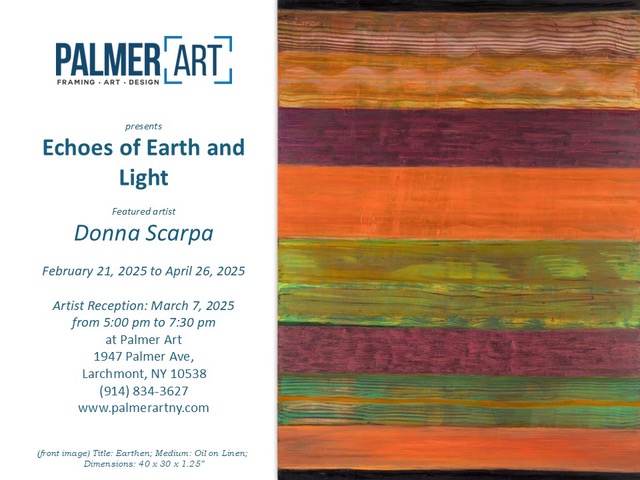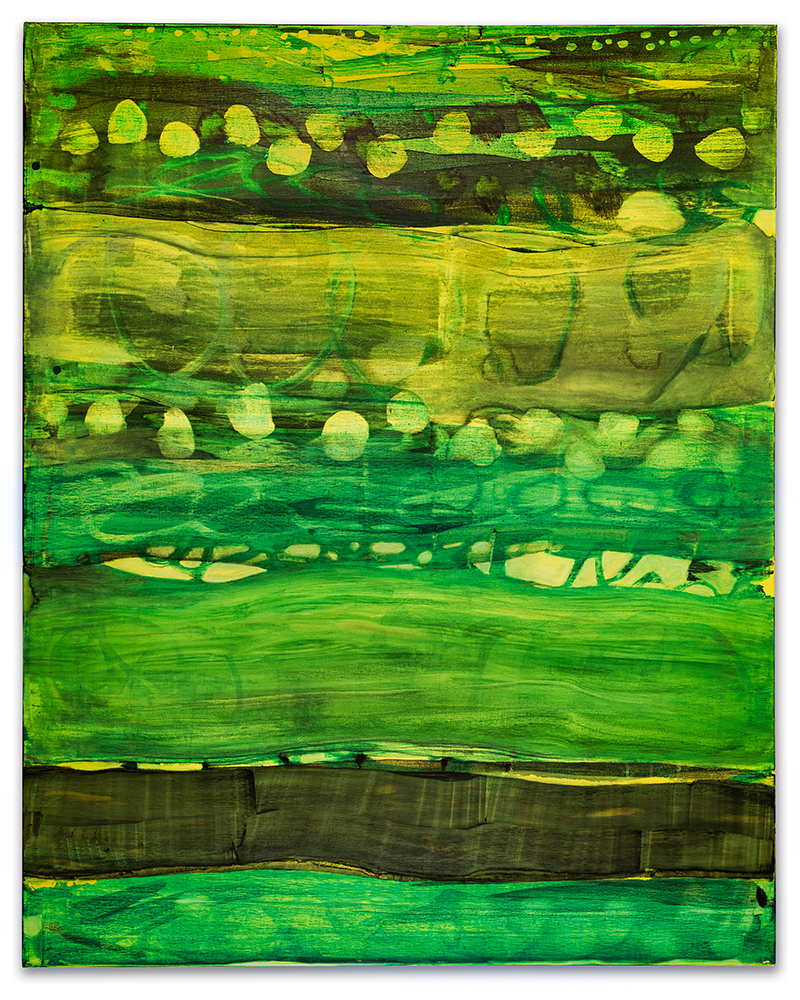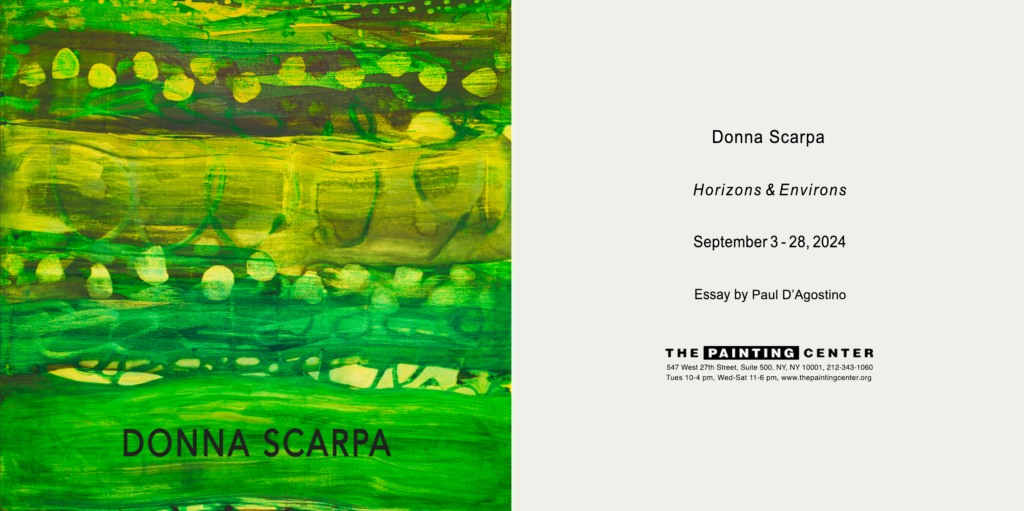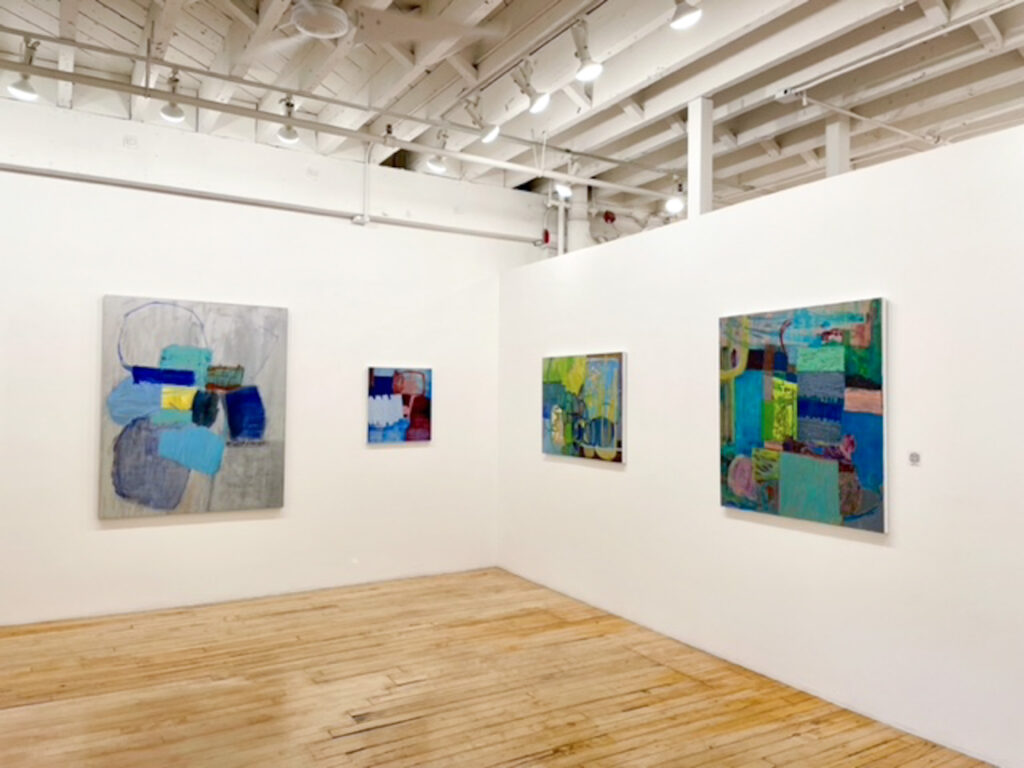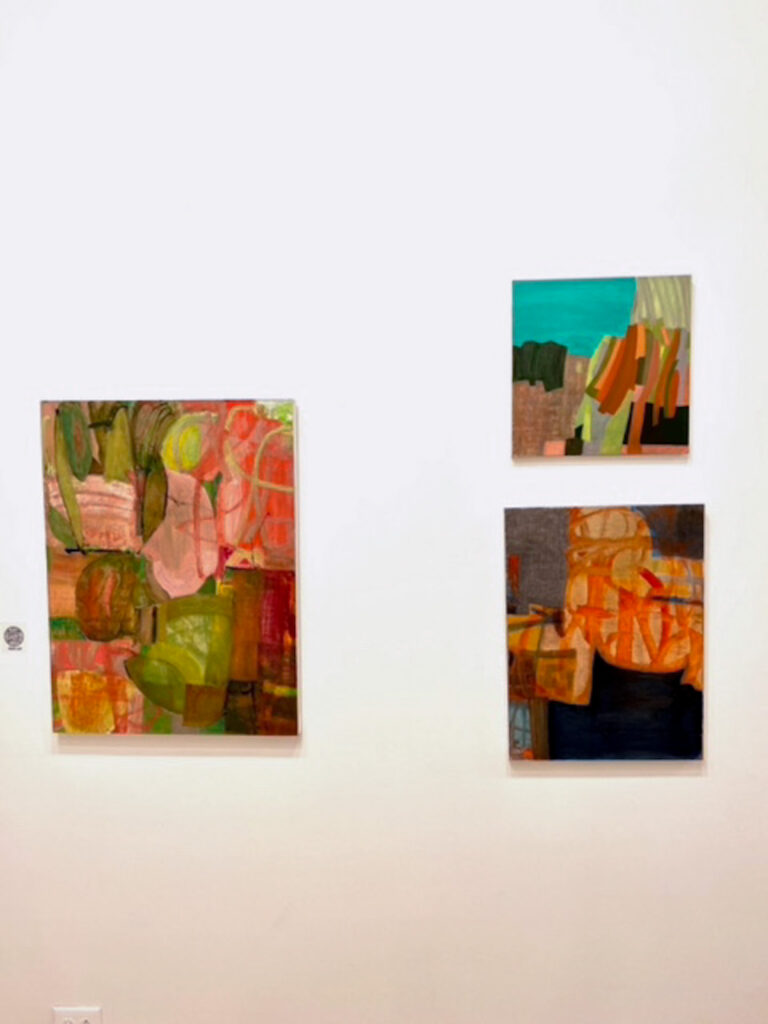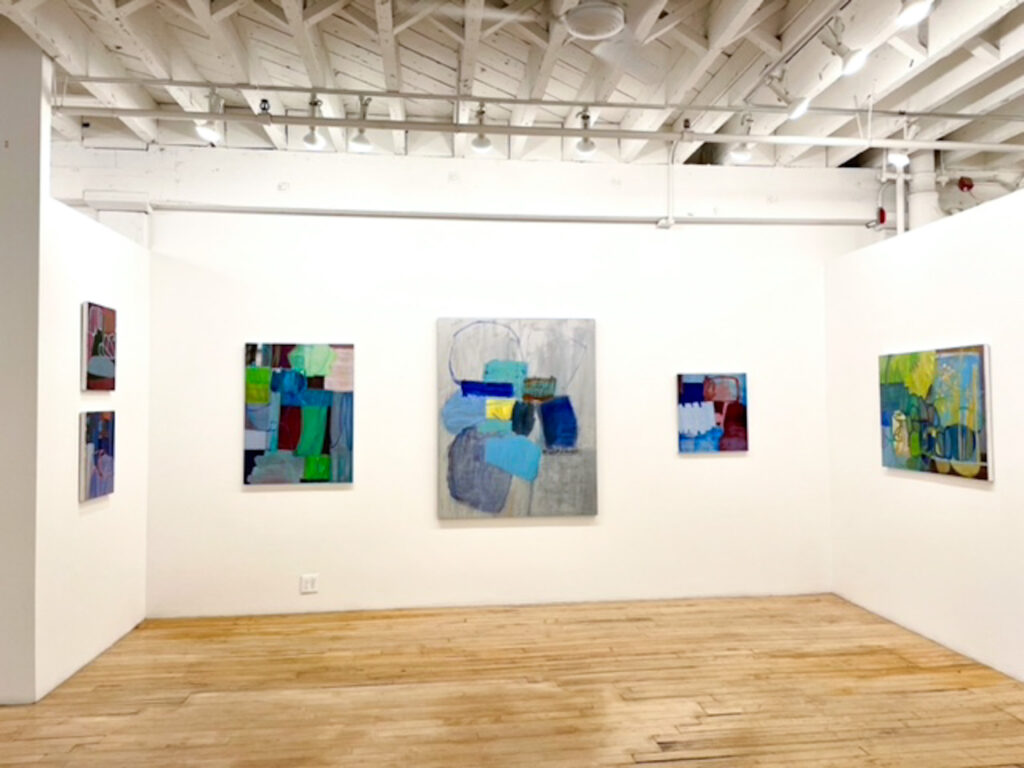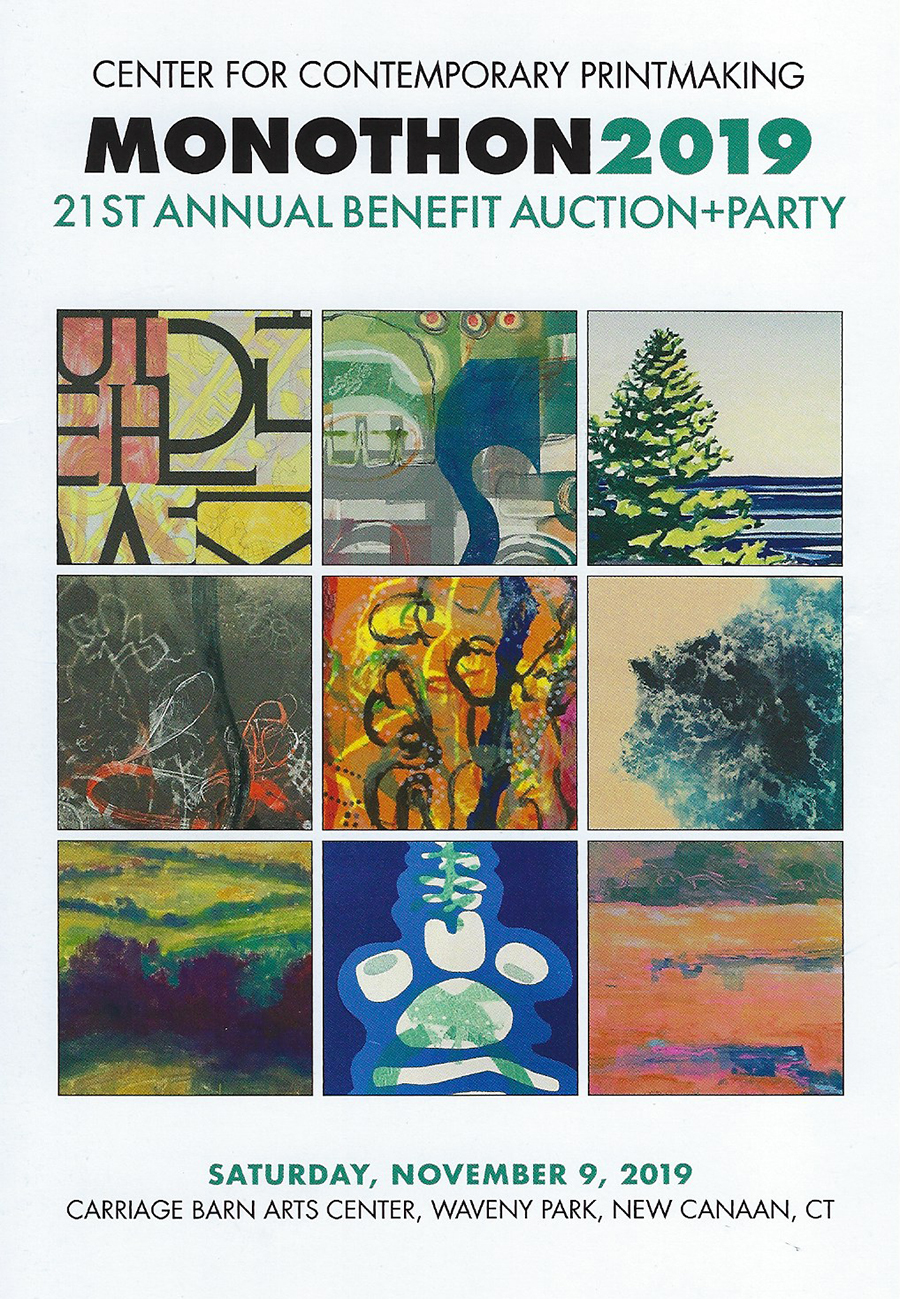Echoes of Earth and Light
I hope you will join me for the opening reception of my upcoming solo show, Echos of Earth and Light, at Palmer Art Gallery. The show runs until April 26, 2025.
Exhibition Dates: February 21, 2025 to April 26, 2025
Reception: March 7, 2025 from 5:30 pm to 7:30 pm
